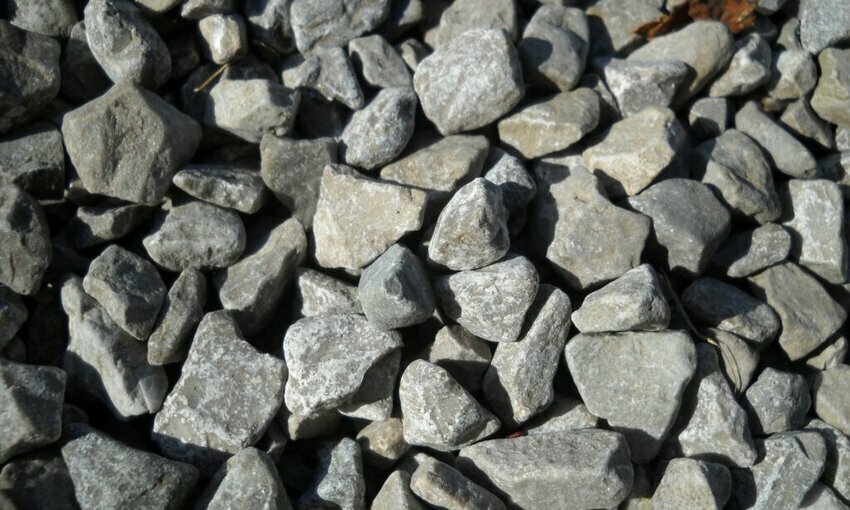 (Credit: Pixabay)
(Credit: Pixabay)A carbon removal method, enhanced rock weathering, is now an accredited option through Puro.earth for companies looking to purchase credits on the voluntary carbon removal market.
Enhanced rock weathering (ERW) is a process that removes carbon dioxide from the atmosphere through chemical reactions on rocks that can store carbon for potentially tens of thousands of years. Puro.earth is debuting a methodology that will enable ERW projects to monetize the activities through carbon dioxide removal certificates, which businesses can purchase.
Nasdaq-supported Puro.earth is a carbon crediting platform, and the Finland-based operation says the financing will help increase ERW capacity worldwide. Puro.earth, scientists, carbon market experts, and project developers helped develop the carbon crediting standard for the ERW process.
ERW has been considered a potential carbon removal process for years, and the methodology estimates it has the potential to sequester more than a gigaton of carbon each year. The process also permanently stores the carbon for more than 10,000 years with low reversal risk, the group says.
The Intergovernmental Panel on Climate Change estimates an average of 6 billion metric tons of carbon removal is needed each year through 2050 to achieve international net-zero goals. Carbon removal processes can include tree planting and natural carbon sinks, direct air capture, or carbon mineralization, such as ERW, which stores carbon as rock.
Earlier this year Alphabet, Meta, Stripe, Shopify, and McKinsey committed $925 million to purchase permanent carbon removal as well as to develop technologies to advance the process. As part of the funding, the companies aim to show investors there is a demand for a carbon removal market.
Other recent large carbon removal efforts include a carbon mineralization project led by Rio Tinto in Minnesota and a project in Wyoming by CarbonCapture and Frontier Carbon Solutions that aims to capture 5 million tons of carbon a year from the air.
Natural rock weathering is a slow and natural chemical process where carbon dioxide is removed from the atmosphere and converted to bicarbonates or carbonates. It occurs when rain triggers a chemical reaction when it comes into contact with rocks, mineralizing the carbon. The bicarbonates either then remain in the soil or drain into groundwater, where they are eventually permanently stored in the ocean.
ERW speeds the process significantly by using the most reactive rock types, increasing the rock surface area by grinding it into fine particles and applying them to soils with optimal climatic conditions, according to Puro.earth. The process does not depend on biomass feedstocks and can have positive impacts on agriculture by counteracting soil acidity and increasing soil fertility.
The Puro.earth methodology does not limit the types of rocks that can be used, but it sets limits on the levels of toxicity in the rocks. The methodology currently is intended for soil applications and excludes ocean-based approaches.
The group developing the methodology defined environmental safeguards, carbon net-negativity quantification methods and monitoring, and reporting and verification processes. The standard requires project developers to perform a site-specific environmental risk assessment to limit impacts. It also considers potential contaminants against EU risk thresholds for soil.
Puro.earth, through its Puro Standard, offers five carbon removal methods, including carbonated building materials, woody biomass, geologically removed carbon, and biochar.